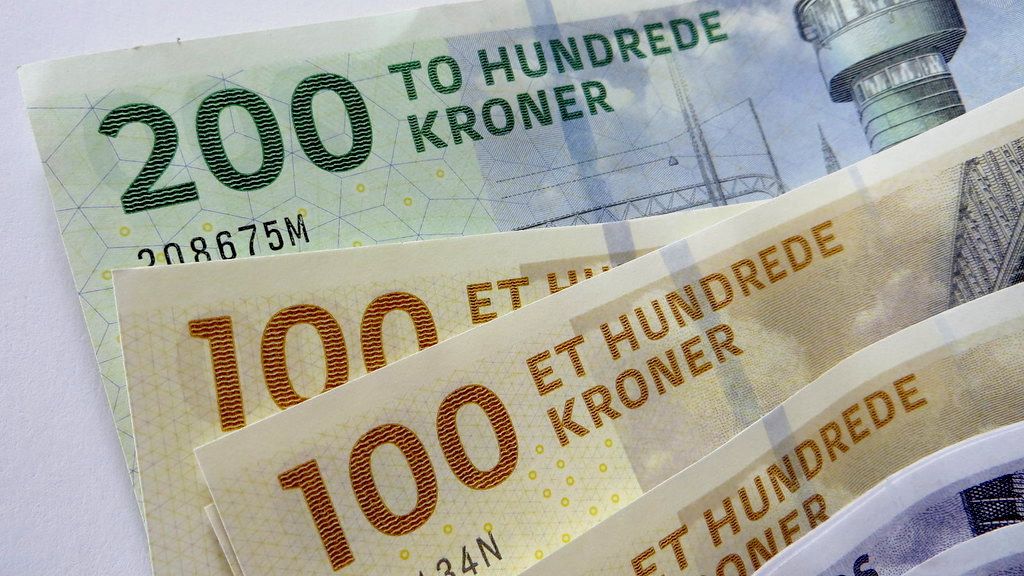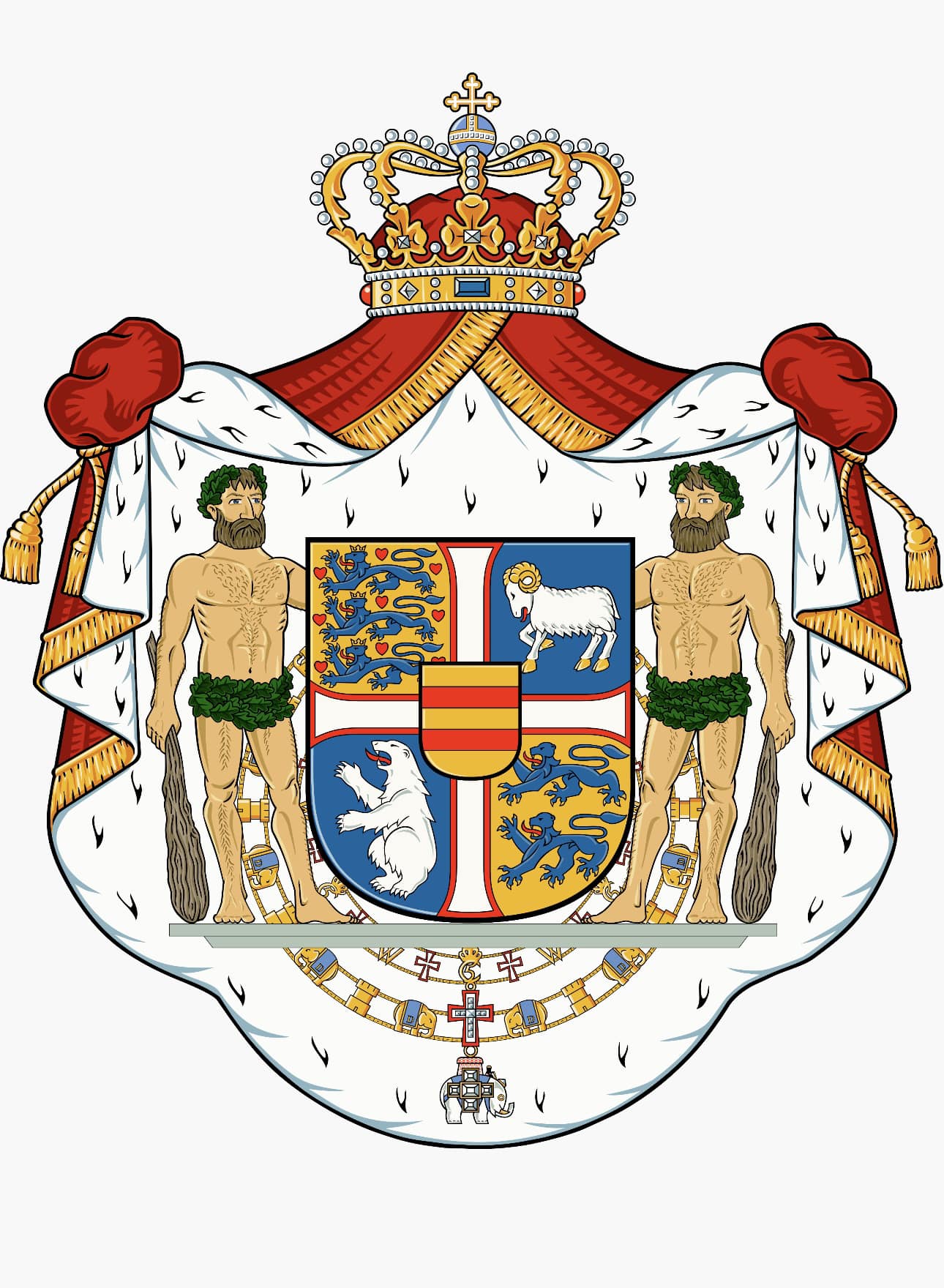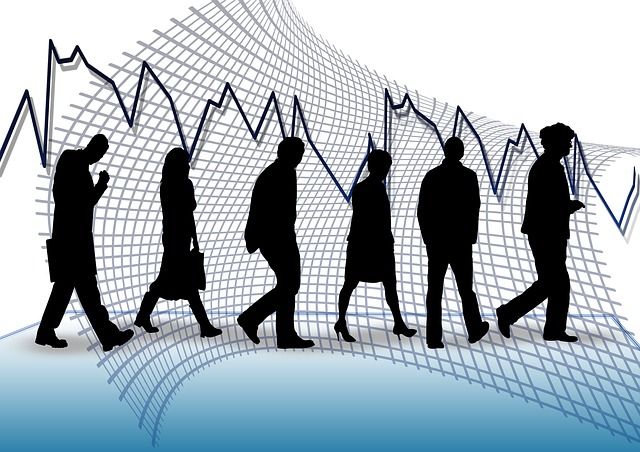Gender equality progress in Denmark’s labour market has come to a standstill, with recent statistics by gender and diversity think tank, EQUALIS, revealing only marginal gains for women in the workforce, and largely in high-level positions.
The 2024 Diversity Barometer – EQUALIS’ measurement and monitoring tool – has found little gender progress has been achieved since last year with one exception: an increased uptake of parental leave by men.
“Since the new parental leave legislation came into force, we have detected a trend towards a more equal distribution of leave between men and women,” says Gine Maltha Kampmann, Director of EQUALIS.
In August 2022, Denmark updated its parental leave requirements in line with new EU requirements, “earmarking” 11 weeks’ leave for each parent, an increase of nine weeks for fathers and co-mothers. Since then, statistics have shown that non-birth parents took an average of 2.5 weeks more parental leave compared to the year before.
Despite this development, the results stand in stark contrast to Denmark’s self-narrative (and international reputation) as a beacon of gender equality.
“Many Danes still believe that a lack of women in the top job, for example, is due to personal choice, and not systemic injustices,” Kampmann says.
Senior researcher Mona Larsen, who has worked at VIVE (Danish National Centre for Social Research) for nearly three decades, says the perception that Denmark is more gender-equal than bears in reality stems from Scandinavian countries having a high level of female labour participation, and supportive family institutions.
“For example, our childcare institutions enable both men and women to work full time, and we have a highly educated female population,” Larsen says.
Though 2022 data shows that Denmark has a high rate of female employment, coming in 11th place globally, with 74.5 percent female workforce participation, Larsen warns that this figure can be misleading.
“While women are more highly educated than men in Denmark, they tend to work in the public sector, which pays less than private,” Larsen says. “Studies also show that when men look for jobs they are more likely to look at the wage, while women have a higher propensity to look for jobs that are closer to home and have more family friendly policies”.
According to KVINFO, Denmark’s knowledge centre for gender and equality, there exists a very steep ‘horizontal’ gender division, with women working largely in care, nursing and teaching professions while men work more in STEM (science, technology, engineering and mathematics), which tend to have higher wages.
As a consequence of that distribution, women make up the majority of employees in the public sector at 78 percent, and men make up the majority of employees in the private sector with 74 percent.
Pay transparency
Last week, Australia joined the ranks of nations mandating some sort of gender pay transparency, releasing for the first time each large company’s (with more than 100 employees) median gender pay gap, as well as the share of women it employs in lower- and higher-paid jobs.
As in the UK some years ago, there have been some surprises – and consequences – as employees, employers and politicians grapple with revelations of 50 per cent gender pay gap in some companies.
Denmark long since required firms with more than 35 employees to report salary data broken down by gender to employee group representatives, generated by Statistics Denmark and funded by the Ministry of Employment.
Unlike in Australia and the UK, the data is for internal company use only, and the company is not obliged to use the information from the service, but can opt to generate its own data.
Public or internal, the measures seem to be working. A 2019 systemic study into whether companies actually respond to gender gap transparency, found – using Denmark as an example – that in companies subject to the regulations women’s ages outpaced men’s, and that more women were likely to be hired and promoted. The paper found no negative effects on profit.
One caveat: the data does not include statistics from companies with less than 35 employees, which make up a significant portion of Denmark’s market, with about 20 per cent of firms and 16 per cent of all employees in the private sector working in the small business space.
While Larsen believes these measures comparing wages for men and women doing the same work are a good start, she says things will never change unless we start to compare wages between men and women for work that has the same value.
“A large part of the gender wage gap in Denmark has to do with the fact that men and women have different jobs that are paid differently” she says.
“Not everyone can work the same number of hours and women taken more time out of the workforce than men, so we need to look at the wage they are being paid for doing the same job,” she says.
A 2022 Copenhagen Business School study looking into equal pay for equal work across 15 countries (Canada, Czechia, Denmark, France, Germany, Hungary, Israel, Japan, the Netherlands, Norway, Slovenia, South Korea, Spain, Sweden and the United States) found that in all countries, men make more money than women when you compare the pay of all men and all women adjusting for age, education and part-time work.
The study found that 40 per cent of the overall pay gap in Denmark exists because women are paid less than men working the same job; and that on average, women are paid 7 per cent less than men for the same job for “unexplained” reasons.
“When we see such a significant pay differential between men and women working the same jobs, it points to workplace pay practices as a significant societal problem,” says study co-author, Associate Professor at CBD, Lasse Folke Henrikse.
Larsen and Kampmann agree.
“Unless we make systemic changes, the gender pay gap will continue,” says Kampmann. The European Union’s increasingly assertive policies regarding parental leave, workplace gender equality as well as directives around corporate and social responsibility are pushing Denmark to update existing polices, she adds.
“Within this new ESG framework there is also a requirement for gender reporting from the biggest companies,” Kampmann says.
“We just have to continue having constitutive dialogues and pushing for change”.














